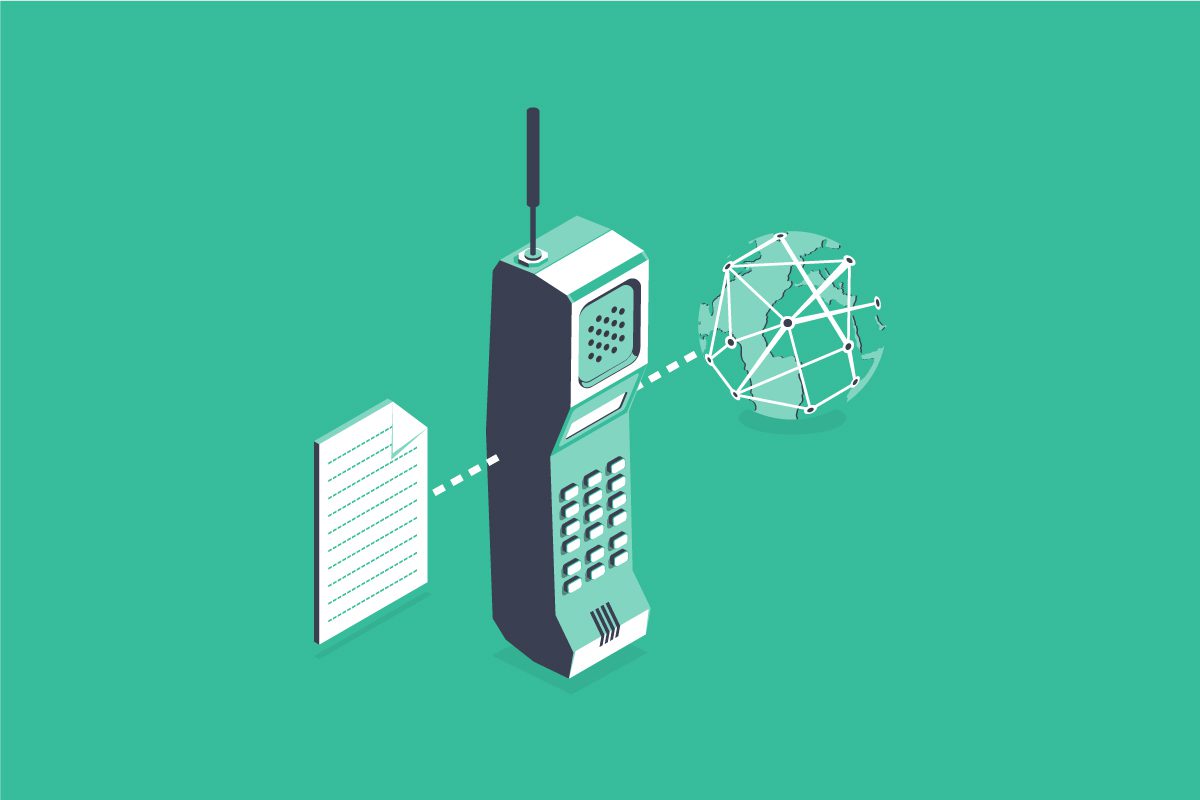What Makes Lenders Consider a New LOS System?
Changing out your decades old LOS/LMS system is inevitable and, given the acceleration to a Digital First world, now is the perfect time to start planning for it.
QUESTION: Would You Still Be Using a Cell phone from the 90s?
Many Auto Lenders are still using a Loan Origination System and Loan Management System developed decades ago. These systems have been customized over the years to reflect each institution’s unique workflow and compliance requirements.
For this reason, it takes a great deal of ‘gain’ to convince a lender that modernizing is worth the ‘pain’.
So Why Do Auto Lenders Want to Change Their LOS?
Fully 50% of auto lenders have expressed a desire to upgrade their LOS system. The top three reasons for wanting to upgrade are:
- Adding a new feature or workflow (such as remote access for work at home employees) to a legacy system is costly and very time consuming. By the time the change is made, the new feature implementation may already be obsolete.
- New products are introduced (such as federal electric car rebates) that the legacy system cannot support. In many cases, third party systems are needed which do not play nicely with legacy systems.
- Consumers are doing more virtually and are demanding an end-to-end, digital experience. Many systems have absolutely no support for direct consumer interaction and these lenders risk being left behind as more aggressive lenders can reach consumers digitally before they purchase the car.
WATCH THE HIGHLIGHTS Our panellists reveal what you should consider when you are ready to upgrade your LOS.
What Is Stopping Auto Lenders From Making The Upgrade?
At the same time, the top three challenges in making a change include:
- The legacy system has been customized to such a degree, that it may be incredibly hard to replicate the functionality and workflow in a new system.
- Inertia within an organization, including employee willingness to take on new platforms, make it an unpopular decision.
- The overall project risk of starting and not being able to successfully complete the project. The project risk factor was the main reason that wanting a new system and actually starting the process are two completely different things.
Even if these considerations don’t stop a project, they may delay decision making and the implementation timeline.
What Factors Should You Consider After The Decision to Change Has Been Made?
A proper project framework is critical to the success of any project and even more so for this mission critical infrastructure. Here are the top factors that will help to make a project successful:
- Make sure to compare the cost of changing versus the cost of the status quo. It’s easy to kill a project if all that is being considered is the overall cost. Leaving the project too long may put you out of business or at least at a competitive disadvantage.
- Make sure that IT is an equal partner. As one lender stated, the business owner may request the upgrade but if IT isn’t a partner in picking the vendor or, if it will be an internal project, providing the resources, the project is destined to fail.
- Pick the team and outside vendor wisely. The two main requirements of the platform are the ability to reflect unique internal processes and the ability to deal with regulatory complexity. The vendor’s platform must be configurable to reflect internal processes. This is less expensive and less time consuming than needing expensive customization. And finally, the vendor must take the responsibility to comply with current and adapt to future regulatory requirements.
WATCH THE WEBINAR What should you consider when you are ready to upgrade your LOS? Our panelists take a deep dive into the factors behind a successful transition.
Conclusion
Many new realities come with the new normal including a consumer oriented mindset that still supports dealer processes. Changing out your decades old LOS/LMS system is inevitable and, given the acceleration in the remote, digital first world, now is the perfect time to start planning for it. Pick a team, pick a vendor and get started.
